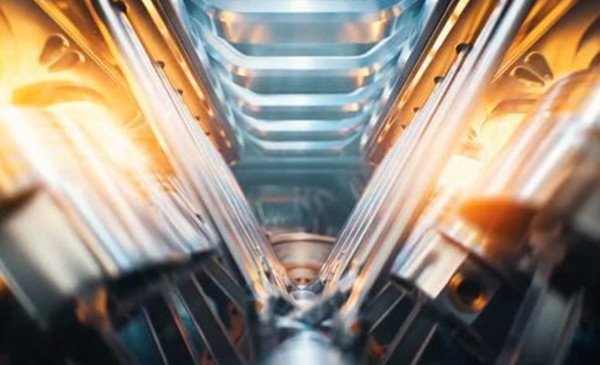
TR-202 Zinc Butyl Octyl Primary Alkyl Dithiophosphate

TR-EPC02 Ethylene-Propylene Copolymer

Lithium 12-Hydroxystearate Lithium Grease Lithium Based Grease

Graphene Best Oil Additive Engine Oil additive

Graphite Powder Graphite Lubricant Dry Graphite Lubricant

MoS2 Friction Modifier Molybdenum Disulfide
What is molybdenum disulfide ?
Molybdenum disulfide is the main component of molybdenite. Black solid powder with metallic luster. The chemical formula is MoS2, the melting point is 1185℃, the density is 4.80g/cm (14℃), and the Mohs hardness is 1.0-1.5.
Molybdenum disulfide lubrication mechanism
Molybdenum disulfide can be adsorbed on the metal surface (note that the metal is mentioned here, and PTFE is generally used for plastics) to form a lubricating film, which plays a role in lubricating when the lubricant film is broken.
Molybdenum disulfide adheres to the friction pair with the lubricant and forms a stronger connection (chemical affinity or physical embedding) than the lubricant.

Features of molybdenum disulfide
When used in a humid environment, molybdenum disulfide may cause electrochemical corrosion of the metal. In a low-temperature and humid environment, the performance of molybdenum disulfide will be affected.
Graphite can also be used as a solid additive, but compared with graphite, the friction coefficient of molybdenum disulfide is much smaller than graphite, so the frictional resistance caused is smaller. At high temperatures, molybdenum disulfide will oxidize to form molybdenum trioxide, which does not have lubricity.
Under dry, high temperature and vacuum conditions, the performance of molybdenum disulfide can be fully utilized.
In the presence of a high concentration of oxygen, the oxidation rate of molybdenum disulfide increases and becomes molybdenum trioxide. In the air, below 300℃, the oxidation rate of molybdenum disulfide is very slow and its properties are very stable. Above 400 degrees Celsius, molybdenum disulfide slowly begins to oxidize to form molybdenum trioxide. After that, the higher the temperature, the more serious the degree of oxidation and the rate of oxidation, reaching about 600 degrees Celsius, and the rapid oxidation of molybdenum disulfide in the air. In addition to humidity and temperature, particle size also affects the oxidation rate of molybdenum disulfide. Under the same conditions, the finer the powder, the faster the oxidation rate. Although molybdenum trisulfide does not have lubricity, it will not cause obvious wear on the metal friction surface. Therefore, after molybdenum disulfide is partially oxidized to molybdenum trisulfide, it can still maintain a certain degree of lubricating performance.
Molybdenum disulfide begins to decompose at 1370℃, with a melting point of 1700℃.
In environments with high humidity and water contact, molybdenum disulfide can cause metal corrosion. The use of additives can inhibit corrosion to a certain extent. However, if the lubricating surface is subjected to extremely high pressure, the performance of anti-corrosion additives may also fail.
Although molybdenum disulfide itself is a lubricant, it is a solid after all. Adding to the grease will reduce the smoothness of the grease and increase friction to a certain extent. Therefore, for general load equipment, if it is not necessary or specified to require molybdenum disulfide lubricating oil (extreme pressure lubricating oil/grease), it is not recommended to use it. Molybdenum disulfide is suitable for heavy loads and low speeds, resulting in a large amount of boundary lubrication.
Infomak is dedicated to the technology development of special oil additives, combined the Technology of nanomaterials developed dry lubricant and oil additives two series. Our products can significantly improve the performance of lubricating oil, improve energy efficiency, effectively protect the lubrication device and extend the oil change cycle, which can satisfy the lubrication oil constantly upgrading for high-end engine oil additives. Contact us.




